Dietary fat, that is, which makes our meals delicious. But which fats are good and which are bad?
My first nutrition post touched on the wide variety of so-called healthy diets out there and what the commonality is with them all: “Why I ate nothing but meat for a year and why I’m eating plants again”
The second one was about the travels of Weston A Price and his discoveries of what was included in a range of healthy diets: “Dietary lessons from world travel, or why your teeth stick out”
The third one was going to be how to bring Price’s discoveries into the 21st century, but it soon became clear that would be far too big a post. So I’m just choosing one section.
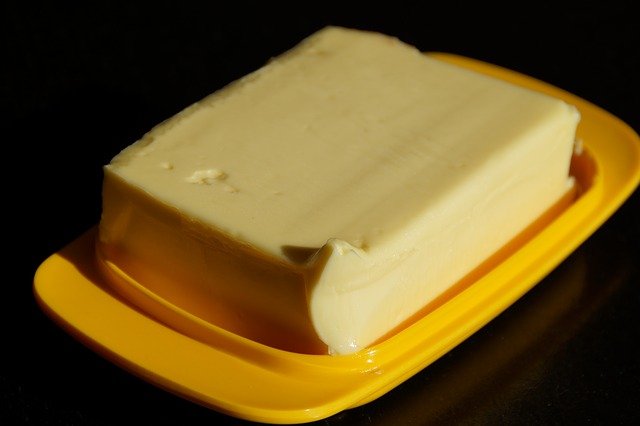
I was inspired to write this post by my conversation with a staff member at Commonsense Organics near where I live. I was buying ghee and mentioned in passing that the fats I use most for cooking are ghee and the pork lard they also stock. He asked how I used them, and now he’s keen to use them himself.
So I’m hoping this post will inspire you all to use real food fats, which are both delicious and beneficial.
We’ll start by discussing which fats are good or bad. Then the more fun bit of what to use to create delicious meals (or feel free to scroll down to that part straight away).
A good rule of thumb when deciding whether a fat is a real food fat is to ask “could my great grandmother have made this in her own kitchen?”
About 60 years ago, we started being told that saturated fat (found mainly in animal foods) was bad for us. This has never been proven and Price actually found most societies that were eating lots of animal fats were completely healthy.
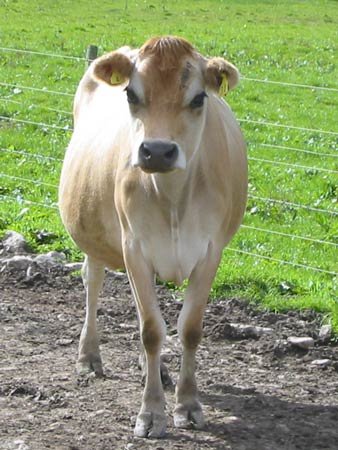
If we think about Grandma’s kitchen, we can see that the fats she could have made were:
• Lard and tallow (collected from a roast)
• Butter (made from cream and churned)
• Olive oil (olives readily give up their oil when crushed)
• and Coconut oil (will also give up some oil when crushed)
But could she have made rice bran oil, canola oil, soy oil, etc? We can see she could not. And Price found that the amounts of those oils were very small, as part of the whole food.
In that context, those oils were beneficial, but in the modern context of extracted oils, they are not. There are two problems with them.
• When we have large amounts of polyunsaturated plant oils, we have too much omega 6, which then is unbalanced with our omega 3 intake
• Extracting these oils is an industrial process which damages these fragile fats and makes them dangerous.
This is a very quick overview – for more detail see my webpage here.

Now we know which fats are safe to eat, how do we use them?
Roasting
These are the fats I would use to make oven baked fries. These fries might be made from yams, kumera, sweet potato, pumpkin, butternut squash or even daikon radish. Or it might be a pan full of different roast vegetables including the ones I use for fries, or carrots, parsnips, beetroot (beets) and small onions or shallots. If you tolerate nightshades and starches well, you could also use potato, but we don’t have those at our house. In the photo below (of veggies ready to go in the oven), I have used Mediterranean style veges – capsium, zucchini and eggplant.
• Pork lard – this is a mild, stable fat which I can buy readily
• Duck or goose fat – I usually collect duck fat if I do a roast duck, and this gives a delicious flavour
• Lamb or beef tallow – also stable fats, and easy to collect from a roast, though they have a stronger flavour
• Coconut oil – I personally don’t use it for roast veg, as I don’t think the flavour goes as well with veg, but it’s a good stable oil, so suitable for that reason
Note that I don’t recommend olive oil. Extra virgin olive oil has many great properties, but they can be destroyed by heat.
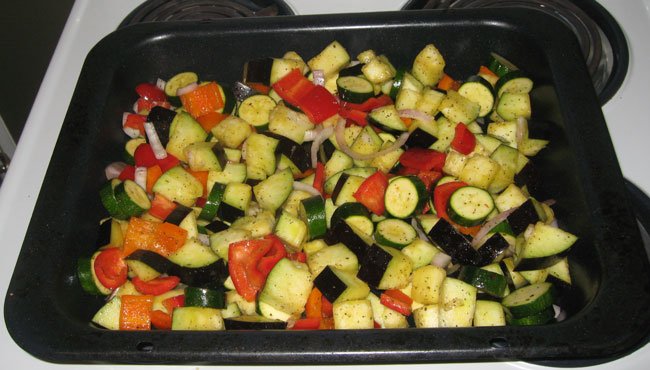
Stir or shallow frying
This category might include pan frying a steak or a fried egg, or an Asian style stir fry of some low starch veggies.
Any of the previous fats would be fine for this category too, depending what flavour you were going for. But I’m also very fond of, and probably use most often:
• Butter – who doesn’t love the taste of butter?
• Ghee or clarified butter – a more caramel flavour than butter, and very stable
• If you making an Asian dish, you can also use a small amount of peanut or sesame oil for an authentic flavour
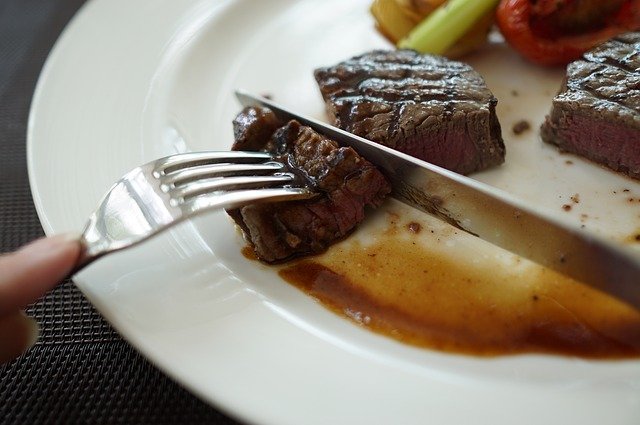
Deep frying
We don’t do any deep frying in our house, but if we did I would use this stable, traditional fat:
• Lamb or beef tallow
This is what they used in New Zealand fish and chip shops for years, till misguided political correctness forced them to change to toxic oils like canola or cottonseed (shudder).
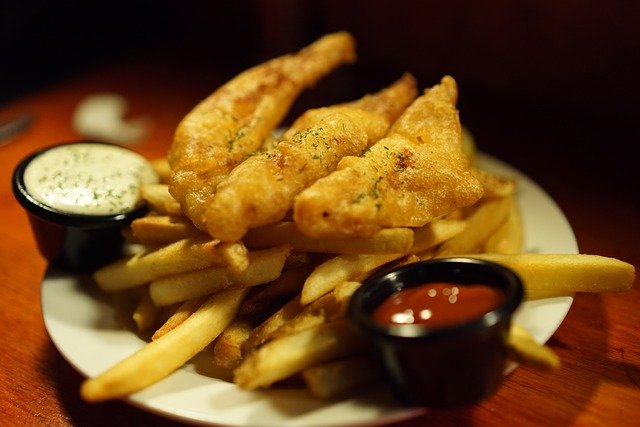
Dressings for salads, coleslaw, cooked veggies, or any savoury dish really
Here’s the ideal place to use your more fragile plant based oils, to make the most of their nutritional value. But we still want to minimise the ones high in omega 6s. So I only recommend:
• Extra virgin olive oil
• Very small amounts of avocado, sesame or macadamia oil (for flavour)
For an easy salad dressing, simply shake together in a small jar, till well mixed:
• 2 Tbs lemon juice
• 4 Tbs extra virgin olive oil
• Pinch of unrefined salt
See more variations on my recipe website
For your cooked veggies, you can also top them with a generous dollop of butter or ghee.
Note on extra virgin olive oil – some countries (especially Italy) export more olive oil than they grow olives (think about that for a moment). For that reason, along with the better flavour, I only buy New Zealand olive oil. Depending on where you live, you might need to do some research to find a good brand.
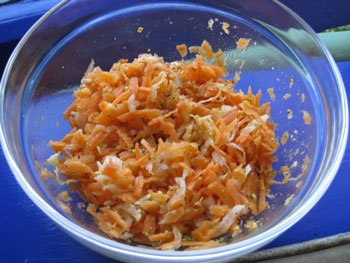
Baking
For cakes, muffins, biscuits (aka cookies), breads and other baked goods, these are my favourites:
• Butter or ghee – as long as you tolerate dairy, you can’t beat the flavour of these
• Coconut oil – but this is good if dairy doesn’t work for you, or you want to incorporate more coconut into your diet
• Palm oil (not palm kernel oil) is also good, but usually farmed unsustainably
• Duck fat – for something not too sweet, such as a bread, this can work well
The photo below is for my low starch Chrstmas morning muffins, inspired by a Nigella Lawson recipe. I’ll probably post the recipe here on Steemit closer to Xmas, but if you want to check them out now, visit my Recipe website.
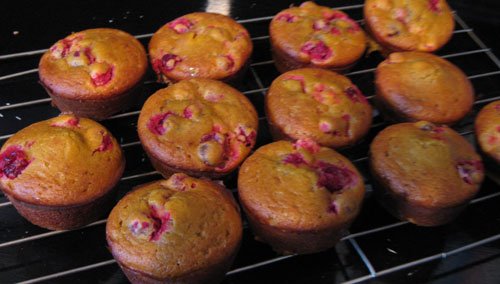
Un-baking
By this I mean homemade bars or slices of some kind. Typically these might also include some dried fruit or maybe some protein powder, bound together with some good fats.
• Coconut oil
• Creamed coconut
• Cocoa butter
• Nut butters
• Tahini
To make the slice pictured below, beat together:
• 250ml (1/2 jar) creamed coconut
• 50g coconut oil -OR- cocoa (cacao) butter
• 1 tsp vanilla essence or vanilla powder
Then stir through 200gm of chopped dried fruit of your choice. Pour into a tray lined with baking paper and set in the fridge. Chop up and store in the fridge.
This slice has dried currants, dried apple and freeze dried raspberries, but you can use many different combinations. If you’d like me to post my list of many variations in a separate Steemit post, let me know below.
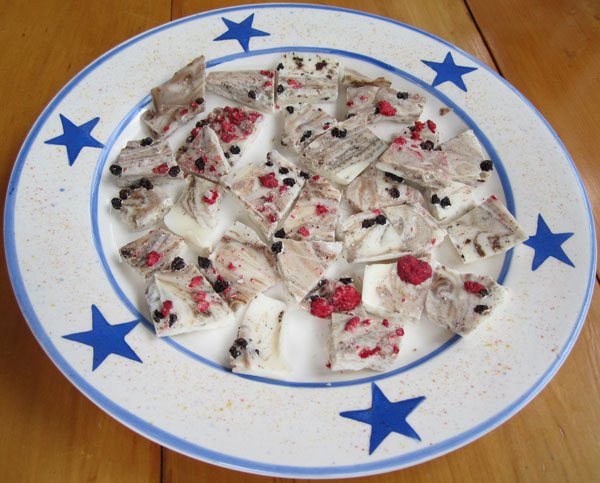
Smoothies or puddings
I use either dairy or plant based fats for these sweeter dishes:
• Cream or full fat yoghurt or kefir – for those who tolerate dairy
• Avocado – good for savoury smoothies, or for a vegan chocolate pudding
• Coconut cream, creamed coconut or coconut oil
• Nuts can be made into milk for a smoothie base
• Chia seeds are good for thickening up a breakfast “pudding”
• A very small amount of flax oil can be added to smoothies
Butter and coconut oil are sometimes added to hot drinks like tea and coffee as well - thanks to @artific for the reminder
See my Chocolate blackcurrant smoothie recipe here.
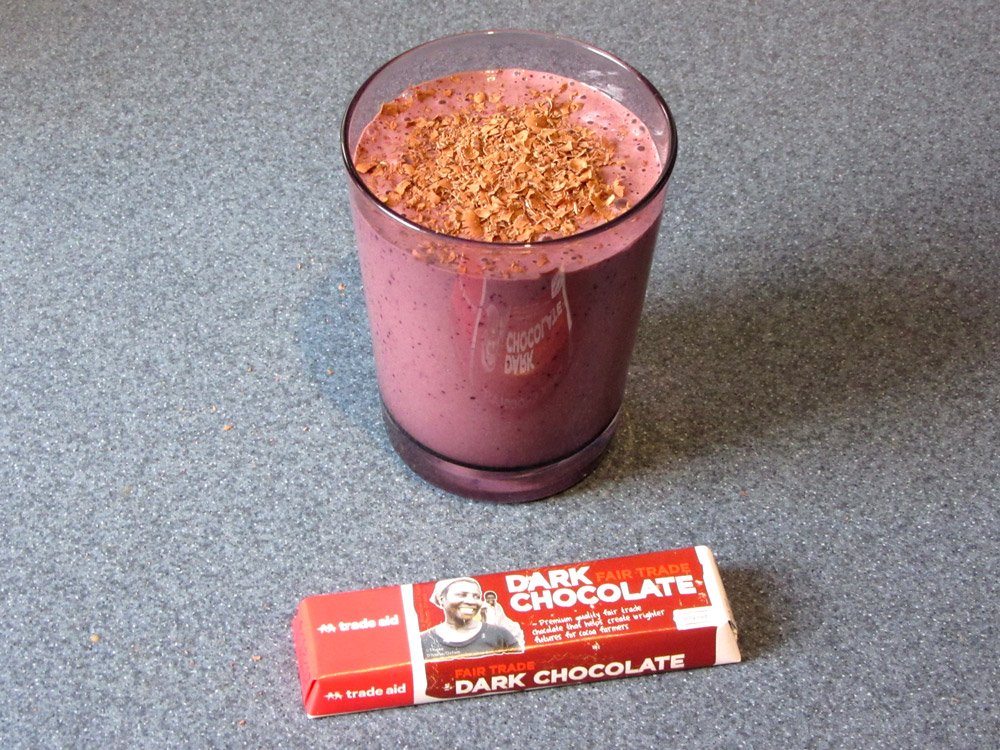
Supplements
Supplementary oils that are beneficial include:
• Fish oils
• Cod liver oil
• Flax oil
• Hempseed oil - thanks to @artific for the reminder
These are good sources of omega 3, but are generally only needed in small amounts – about ½ teaspoon a day. None of these should be heated, as they are very fragile.
Now enjoy the benefits of incorporating these delicious fats into your day!
Thanks for reading and upvoting! Follow me for more nutrition, health, life and recipe posts.
Pictures of butter, steak and fish & chips from Pixabay, the rest are our own photos.

PS. If you can’t wait for my next post, my Recipe website http://www.frot.co.nz/design/recipes/ includes my real food cooking course – a 15 lesson, step by step guide to changing over to real food.
